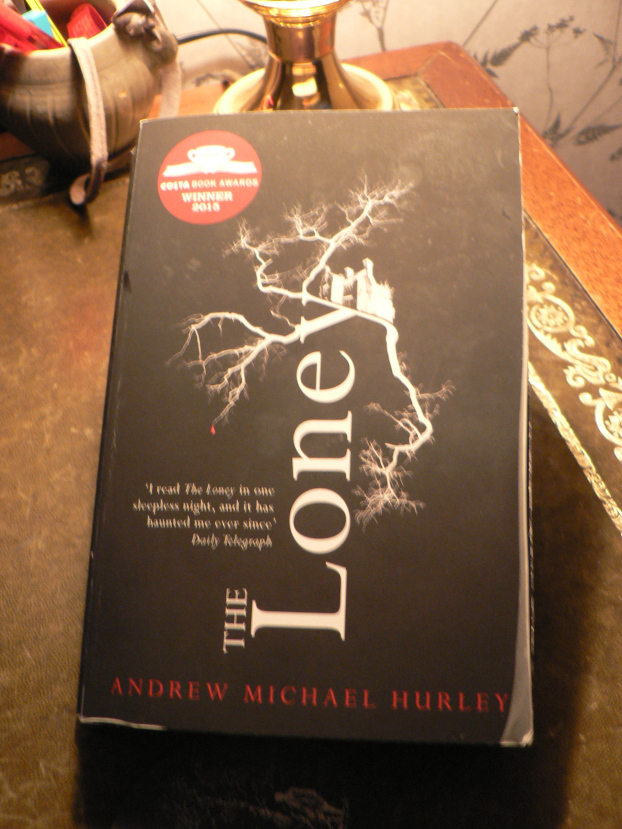
In ‘The Loney’ an annual Easter pilgrimage is undertaken by a group of devout Catholics to a shrine in a desolate, seemingly God-forsaken ‘nowhere place’. The pilgrims take lodgings in a decrepit old house that used to be a sanatorium for terminally ill children. Both the house and the area hide unspeakable secrets. So do the local residents.
The pilgrimage is led by a charming and fresh-faced Father Barnard, but the figure of his predecessor, Father Wilfred, is looming over the story, large and intimidating. Father Wilfred died unexpectedly and in inexplicable circumstances shortly before the trip, and as the events unfold, his story is told in parallel and at some point it takes over the spotlight.
The purpose of visiting the shrine is to receive a miracle for Hanny. He is the younger of two brothers and he is mute and apparently retarded. His older brother, Tonto, takes care of him. He is also the narrator of this story. The reader sees things through the eyes of a teenage boy, and grows with him as his understanding of events deepens as the story goes on. The innocent play the boys engage in out in the wild is overshadowed by the eerie discoveries they make and by suspicious characters who barge into the storyline. Alongside Tonto the reader struggles to make sense of the place and the people.
This is a beautifully presented moment in time seen through the eyes of a child, unexplained in logical or linear terms, but one that can be felt, feared and marvelled over. It is about shades of faith of different shapes and sizes, but with a common denominator of the ‘beyond reason and common sense’ mystery. The line between belief and superstition is blurred. Nothing is confirmed, but the sense of alternative reality is all-pervading.
I loved this book for it its non-conventionality, its mystique and its structure which seems to lead nowhere and yet in the end it opens your eyes to see something you are unable to describe in words.
Advertisements Share this:




